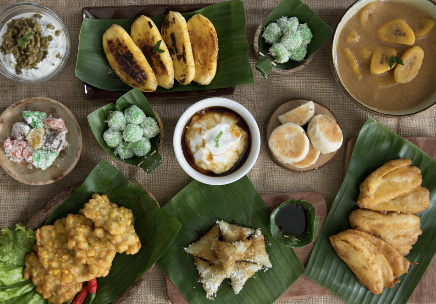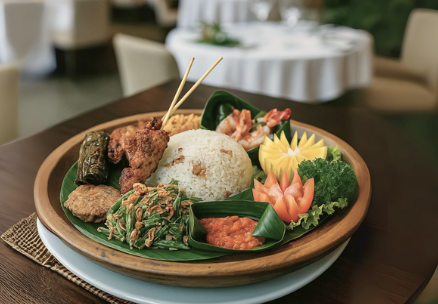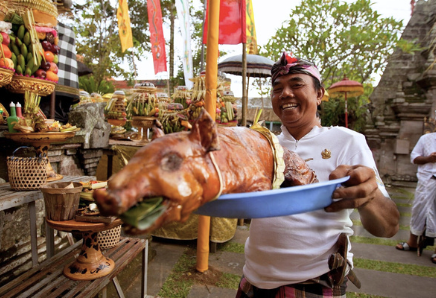Bamboo has become a central resource in discussions about sustainability, conservation, and eco-friendly architecture. Across Indonesia, bamboo plays a vital role not only as a building material but also as a symbol of cultural preservation and environmental stewardship. Its integration into architecture and land management aligns seamlessly with BBTF 2025’s focus on protecting nature and heritage while promoting sustainable development.
Bamboo Forests and Their Role in Indonesia
Indonesia is home to vast bamboo forests, especially in regions like Java, Bali, Sulawesi, and East Nusa Tenggara. These forests serve as natural reservoirs for biodiversity, prevent soil erosion, and mitigate the effects of climate change by absorbing large amounts of carbon dioxide. Bamboo grows incredibly fast-up to a meter per day and can be harvested every 3-5 years, making it one of the most sustainable resources for construction. Furthermore, bamboo’s root systems help conserve water and stabilize soil, making it essential for environmental conservation in areas prone to erosion and deforestation.
In Indonesia, bamboo has deep cultural significance. For centuries, it has been used in traditional crafts, music, and construction. The material is integral to many indigenous structures, where its flexibility, strength, and rapid regrowth make it an ideal choice for tropical climates. Architecturally, bamboo’s strength-to-weight ratio is comparable to steel, making it an excellent material for building in earthquake-prone regions. Examples of innovative bamboo architecture can be found in Bali, from the chic top-end ecofriendly resorts, schools, restaurant even beach club in the trendiest hub – where bamboo are designed to harmonize with nature while offering luxurious living. In Tanete, South Sulawesi, the Bamboo Bandara project showcases bamboo’s versatility in public spaces. These buildings are not only environmentally friendly but also deeply rooted in Indonesia’s traditional architectural heritage, blending modern sustainability practices with age-old techniques.
BBTF 2025’s theme of “Preserving Green Nature and Cultural Heritage” is perfectly embodied in Indonesia’s bamboo initiatives. For attendees of BBTF 2025, bamboo offers a compelling opportunity to explore sustainable tourism and green architecture while supporting Indonesia’s efforts to protect both its natural and cultural heritage. The future of green tourism lies in materials like bamboo that honor the past while building toward a sustainable future.
With its deep roots in Indonesian culture and its potential to mitigate environmental challenges, bamboo offers a sustainable building solution that bridges the gap between modern innovation and traditional wisdom.
Timbungan: A Traditional Balinese Culinary Heritage
Bamboo’s cultural significance in Indonesia extends to its culinary traditions, with one of Bali’s unique practices being Timbungan. This ancient cooking method involves placing spiced ingredients inside bamboo tubes and cooking them slowly, allowing the bamboo to enhance the food’s natural flavors and create a uniquely aromatic, flavorful dish. Timbungan highlights bamboo’s integral role in Bali’s cuisine and demonstrates how the plant continues to influence Indonesia’s cultural practices, linking natural resources with daily life.






